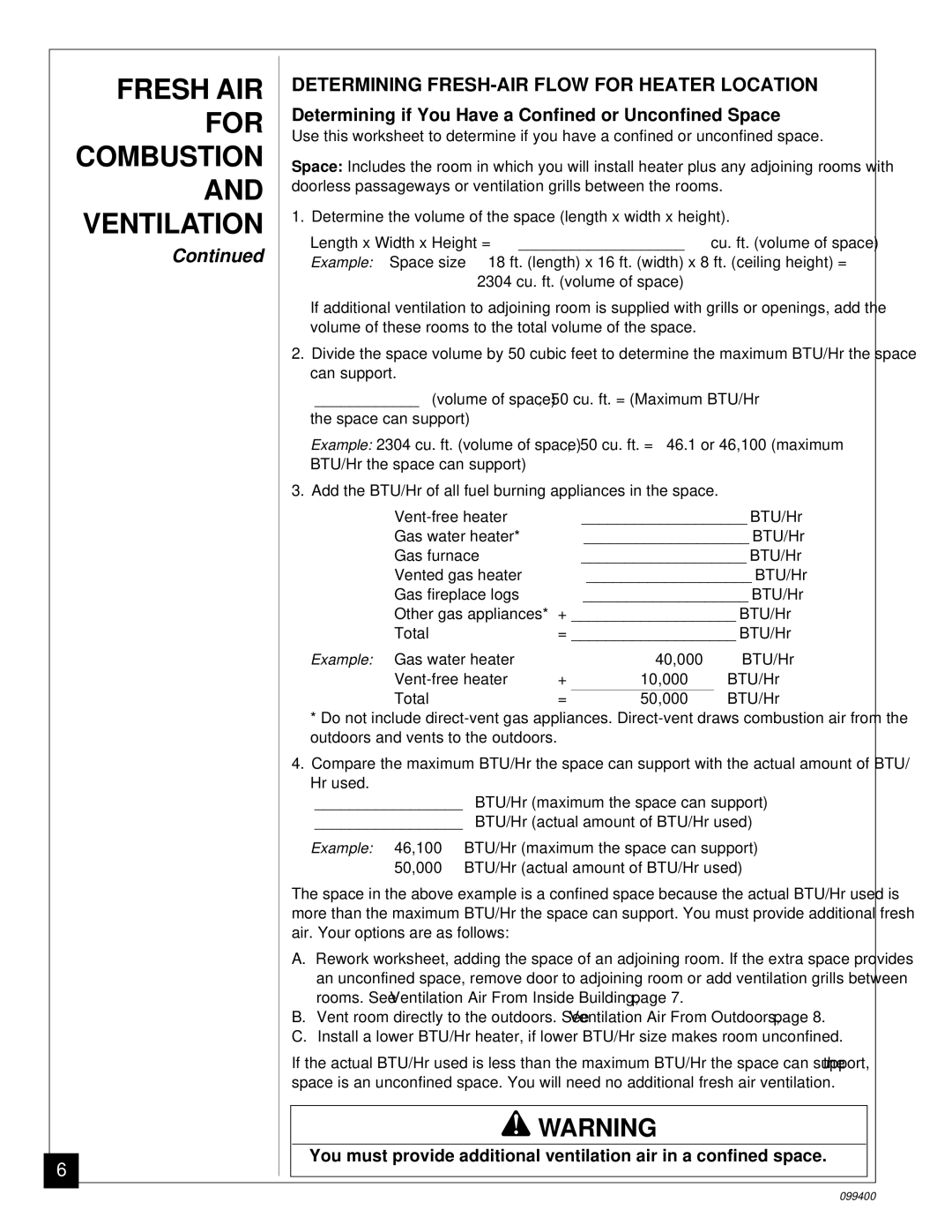VN1000B specifications
Desa VN1000B is a highly versatile and advanced generator known for its reliability and efficiency in providing power for various applications. This generator is particularly popular among homeowners, outdoor enthusiasts, and essential businesses that require uninterrupted power supply. The VN1000B has been designed with a focus on user-friendly features, strong performance, and durability, making it an ideal choice for both occasional and emergency use.One of the main features of the Desa VN1000B is its compact size and portability. Weighing only around 50 pounds, it is easy to transport, making it suitable for camping trips, outdoor events, and home use. The generator is equipped with a foldable handle and sturdy wheels, facilitating mobility. Its compact design does not compromise on power output, as the VN1000B can produce a maximum wattage of 1000 watts and a continuous wattage of 800 watts, ensuring it can run a variety of appliances and tools.
Incorporating advanced technologies, the VN1000B is powered by a reliable four-stroke engine that operates quietly and efficiently. This generator features low noise technology, which minimizes sound output, making it an excellent choice for residential areas and quiet environments. With an innovative exhaust system, it ensures lower emissions compared to traditional generators, making it environmentally friendly and compliant with regulations.
The Desa VN1000B is also equipped with essential safety features. Its built-in circuit protection prevents overload, ensuring safe operation when running multiple devices. Furthermore, the generator includes a fuel shut-off system that allows for easy maintenance and longevity of the engine, reducing wear and tear.
Users will appreciate the versatile power outlets provided by the VN1000B, including multiple 120V AC outlets and a DC outlet for charging batteries or running small appliances. The generator's fuel tank has a capacity of 1.1 gallons, offering a run time of up to 6 hours on a quarter load. This efficiency makes it a practical solution for both recreational and emergency power needs.
In conclusion, the Desa VN1000B generator stands out due to its compactness, efficiency, low noise operation, and user-friendly features. With its strong power output and safety mechanisms, it is perfect for various applications, making it a top choice in the portable generator market. Whether you need supplemental power at home or reliable backup during outages, the VN1000B delivers on all fronts.

